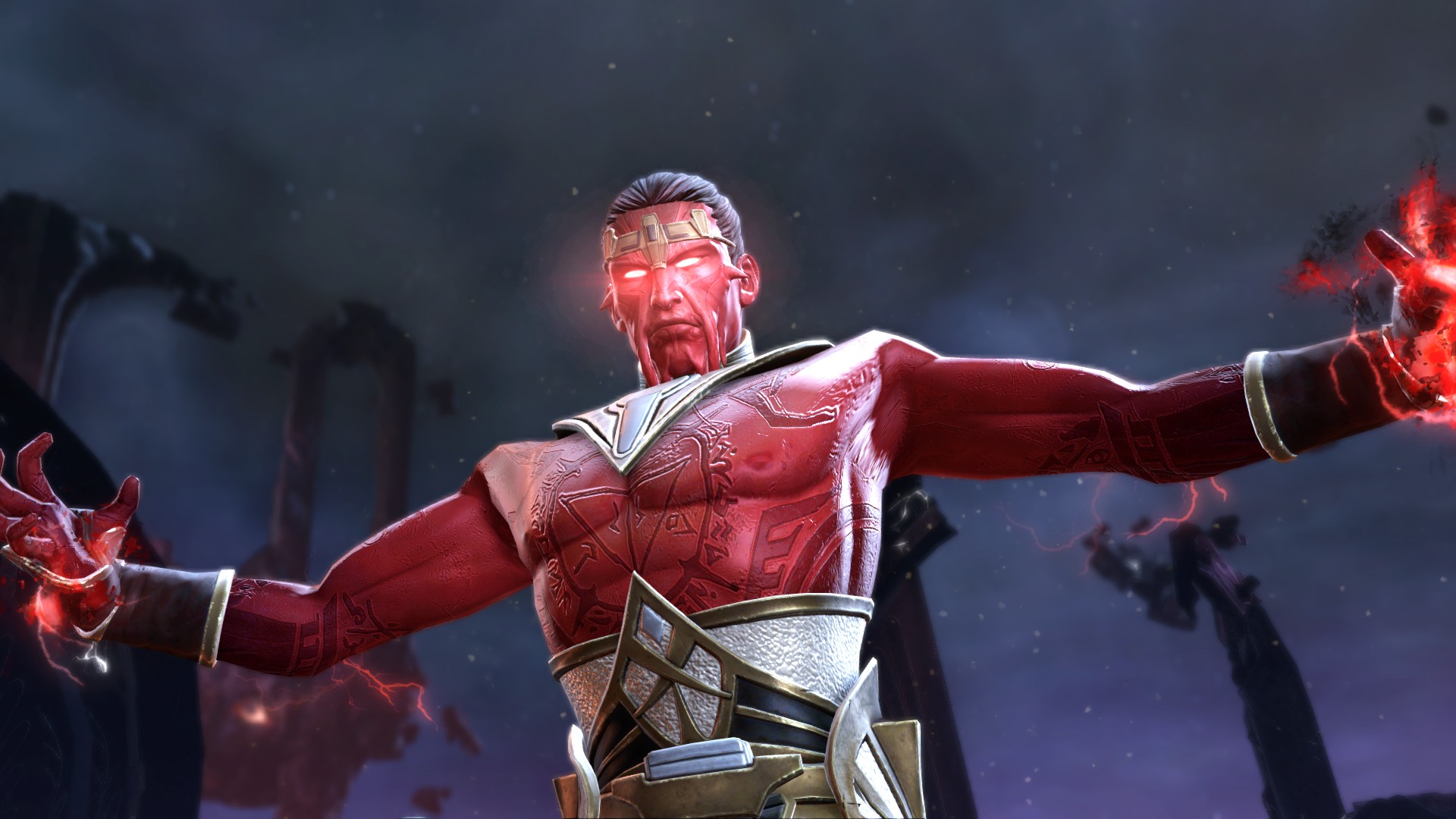Original link from NASA
In this view of a vortex near Jupiter’s north pole, NASA’s Juno mission observed the glow from a bolt of lightning. On Earth, lightning bolts originate from water clouds, and happen most frequently near the equator, while on Jupiter lightning likely also occurs in clouds containing an ammonia-water solution, and can be seen most often near the poles.
In the coming months, Juno’s orbits will repeatedly take it close to Jupiter as the spacecraft passes over the giant planet’s night side, which will provide even more opportunities for Juno’s suite of science instruments to catch lightning in the act.
Juno captured this view as Juno completed its 31st close flyby of Jupiter on Dec. 30, 2020. In 2022, Citizen scientist Kevin M. Gill processed the image from raw data from the JunoCam instrument aboard the spacecraft. At the time the raw image was taken, Juno was about 19,900 miles (32,000 kilometers) above Jupiter’s cloud tops, at a latitude of about 78 degrees as it approached the planet.
JunoCam’s raw images are available for the public to peruse and process into image products at https://missionjuno.swri.edu/junocam/processing. More information about NASA citizen science can be found at https://science.nasa.gov/citizenscience and https://www.nasa.gov/solve/opportunities/citizenscience.
Jupiter is awesome in the original “inspiring awe” sense. The star that never was, possibly the first planet to form, and hugely influential in how the solar system turned out.
Ehh, don’t mean to be that guy, but Jupiter is pretty far from being a brown dwarf, and I think all the planets formed at a similar time from proto-planetary dust and gas from the Sun’s accretion disk. Still an absolute titan of a planet though! Did you know that the Galilean moons have stabilized into a perfect 1:2:4 orbital period?
The sun makes up like 99.86% of all the mass in the solar system.
Jupiter is 2.5x the mass of all the planets put together.
Jupiter is like 318 earth masses. Saturn like 95. And Uranus and Neptune are like 20 earth masses earh.
Jupiter is a big boy.
Jupiter is a big boy, but still 20x less massive than the smallest observed brown dwarf. It’s a certified gas giant, but nowhere near a failed star.
Yep. I think the math says the min for failed star/brown dwarf Is like 13Mj.
Have we ever observed a brown dwarf? I think they are too dim. But maybe indirectly if it was part of a binary system?
Well there is at least Gliese 229B which was observed because it was in a solar system, but idk if that counts as a binary system technically
Ooo. Thanks for that link. That’s crazy they were able to image a binary at 29 AU
I would like to subscribe to Jupiter facts.
Did you know the Great Red Spot is shrinking? From Wikipedia:
In the 21st century, the Great Red Spot has been observed to be shrinking in size. At the start of 2004, its length was about half that of a century earlier, when it reached a size of 40,000 km (25,000 mi), about three times the diameter of Earth. At the present rate of reduction, it will become circular by 2040. It is not known how long the spot will last, or whether the change is a result of normal fluctuations.[12] In 2019, the Great Red Spot began “flaking” at its edge, with fragments of the storm breaking off and dissipating.[13] The shrinking and “flaking” fueled speculation from some astronomers that the Great Red Spot could dissipate within 20 years.[14] However, other astronomers believe that the apparent size of the Great Red Spot reflects its cloud coverage and not the size of the actual, underlying vortex, and they also believe that the flaking events can be explained by interactions with other cyclones or anticyclones, including incomplete absorptions of smaller systems; if this is the case, this would mean that the Great Red Spot is not in danger of dissipating.[15]
Considering the Great Dark Spot of Neptune has disappeared (other other dark storms have appeared), I think we are lucky enough to have observed such a massive storm on Jupiter for hundreds of years
So have you ever heard the argument that Jupiter is our protector? That theory has changed slightly in recent years and it’s more likely jupiters gravity well has flung more shit at the inner planets than really shielded it.
Jupiter throws large asteroids out of our solar system and has probably protected life on earth many many times.
Absolutely amazing. Thank you for posting
🥰
Love seeing such high quality post with sources included! Thanks
🥰
It this the first lighting we have actually seen on another planet?
I’m pretty sure we’ve seen it before
We have. We have also seen it on Saturn.
https://solarsystem.nasa.gov/resources/14943/lightning-flashing-on-saturn/
That’s amazing! I am so happy to see space posts here in the Fediverse.
Lemmy loves space 🙂








